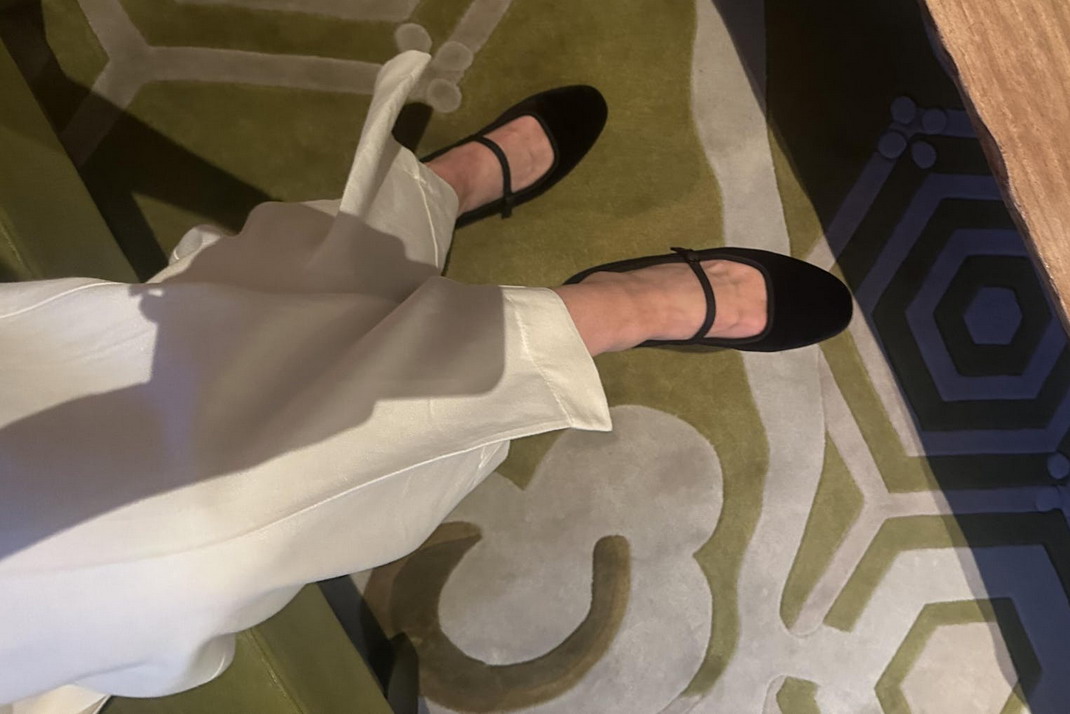Some shoes flash bright and disappear. Some stay for a season or two. However, a few endure, appearing in new forms over time. These shoes set their own trends, evolving while staying true to themselves.
A Century of Staying Power
The most enduring shoe styles share common traits. They started with practical purposes before fashion claimed them. Work boots became street style staples. Tennis shoes transformed into everyday footwear. Dance shoes left studios for sidewalks. Each transition happened naturally, driven by people who recognized good design when they saw it.
According to the experts at Birdies, history tells fascinating stories through footwear. The early 1900s introduced Mary Jane flats as children’s shoes before adults claimed them for their charm and comfort. Saddle shoes were the teen trend in the 1940s/50s. The 1960s were about sleek, pointed flats. Every era had its own twist. Nonetheless, the original appeal was respected.
What causes certain styles to last while others disappear? Versatility is the key. Shoes that go with everything are more likely to last. Comfort is a key factor as well. The appeal of beautiful shoes fades if they cause foot pain. The real secret is in balancing classic and contemporary styles.
The Modern Revival
Fashion today blends the old and the new. Retro shoes are seen with modern styles. Social media shares these combinations rapidly. Grandkids refresh their grandparents’ styles. This cycle keeps repeating because good design never really ages.
Designers today understand this. They modernize classic silhouettes. The details change, but the foundation remains. A 1950 shoe and its 2025 counterpart share DNA, despite different appearances. Technology also assists. Modern manufacturing makes traditional styles lighter and more flexible. Memory foam insoles offer superior comfort. Protective treatments safeguard fragile materials. These improvements boost performance while keeping the classic look.
Why Classic Styles Endure
Fashionable shoes offer answers to persistent challenges. People who work long hours still need comfortable shoes. They want shoes suitable for both daytime and nighttime wear. But they prefer a look that adds to their outfits instead of taking them over. Classic designs addressed these needs decades ago and continue meeting them today.
Economics makes them more attractive. Quality shoes last longer than trendy ones. They work with existing clothes. Their durability makes them wise investments. Parents pass them down to children. Thrift stores treasure them. Vintage collectors seek them out.
Cultural significance is an added layer. Shoes can evoke significant memories. Like those of first days of school, job interviews, weddings, and graduations. These connections surpass fashion trends. Wearing classic styles connects us to the past and the present.
Adapting Without Losing Identity
The smartest classic styles evolve subtly. Small adjustments keep them relevant without abandoning their core appeal. Heel heights shift slightly. Toe shapes narrow or widen. Accessories and styling make huge differences too. The same shoe looks preppy with knee socks. They look edgy with fishnet tights, and professional with bare legs. Styling shoes differently can revitalize them without making any physical changes. This flexibility explains why certain styles work across age groups and subcultures simultaneously.
Conclusion
Classic shoe styles prove that fashion doesn’t require constant reinvention. Perfection can mean recognizing the point at which further changes are unnecessary. These classic styles demonstrate that true fashion transcends short-lived trends. They offer security in the changing fashion world.
The next generation will undoubtedly add their own interpretations. New materials will emerge. Fresh colorways will appear. But the fundamental appeal of these timeless shoes will remain. Their longevity stems from their ability to meet people’s needs perfectly. Dependability, adaptability, and enduring style. That pairing is timeless.

